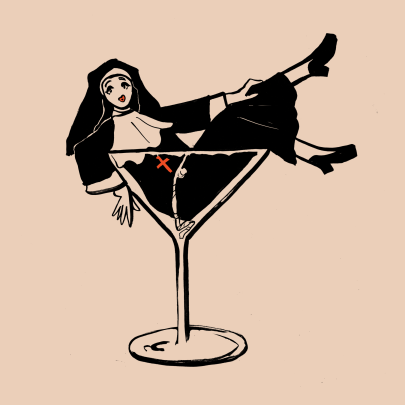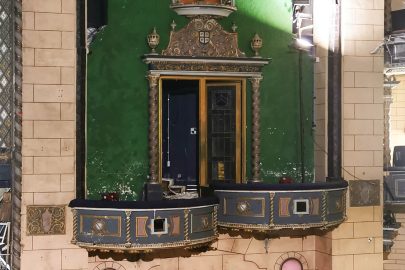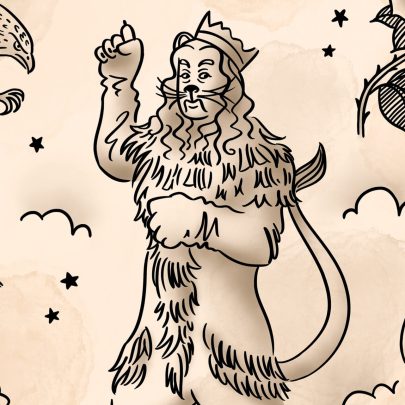Mar 11, 2015 Theatre
In our property-obsessed city it’s apt that Close Encounters: PAH gives hard facts on the sale. The rest of its varied history is told in fragments and impressions through dance and music as you wind through and around the grand homestead. At times hard to grasp, at others thrumming with the energy of the past, it’s a charmingly ambitious local production on the festival programme.
Close Encounters: PAH is a site-specific work. It couldn’t happen anywhere else than right in that house, on that hill. The intimacy and immediacy of the setting evokes a strong sense of history that accompanies the audience on their hushed procession through the hour-long show. It begins leisurely with a glass of sweet lemonade on the lawn outside, handed to you by a young woman in a laced calico gown referencing the novice Sisters of Mercy who once lived there. These welcoming nuns serve as guides, leading the audience to their next close encounter.
At the house’s entrance we meet dancers Zahra Killeen-Chance, Kelly Nash, Emilia Rubio and Nancy Wijohn dressed in hoodies and floaty floral dresses – a mashup of the orphans arriving in the 40s and the families seeking refuge in the 80s. Each dancer has their distinct look and physicality that suggests the array of people who have stepped through these doors over the years. The dancers stomp and kick up their heavy boots in a chirpy urban folk dance played by Luca Manghi on flute, Andrew Uren on bass clarinet and Katherine Hebley on cello.
Composer Gillian Whitehead’s music is a standout feature of this production. It is both haunting and sprightly – a link between dance and art, past and present. Whitehead likes to have her music played beyond the constraints of the concert hall and there’s real pleasure in hearing the notes drift down the staircase or waft off the balcony. But there’s discomfort too. Sightlines are blocked, you have to stand for periods and as the sun goes down, a chill descends.
A brief break between the roving dances gives the audience a chance to wander through the gallery inspecting two exhibitions – a large show of paintings by Pakiri artist Star Gossage and a smaller exhibition of especially commissioned photographs by Solomon Mortimer. Gossage’s works of ethereal figures floating in dreamy colourscapes are a good thematic fit with the dance and music.
Mortimer’s photographs have a more satisfyingly direct relationship with the history of Pah Homestead. The arresting black and white portraits are of families affected by today’s housing crisis who have been helped by the Monte Cecelia Housing Trust, an organisation founded at Pah Homestead in 1982 and now based in Mangere. It’s a reminder that although now a stately art gallery the hardships that troubled these walls are still very much in the present.
Close Encounters: PAH, Pah Homestead, until March 15. aucklandfestival.co.nz





